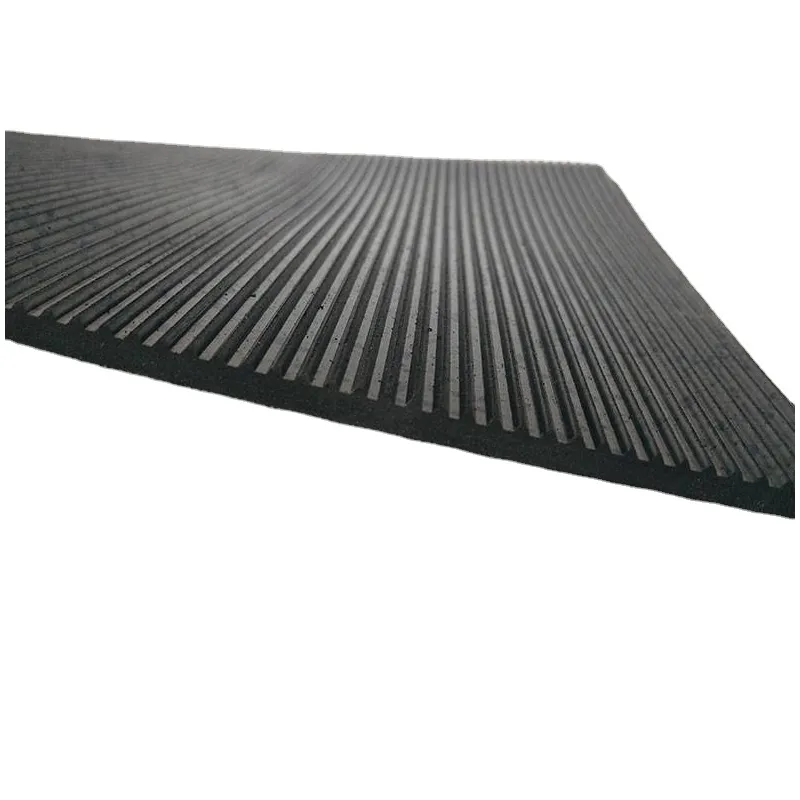Optimizing Foam Protection for Enhanced Safety and Performance in Various Applications
Foam Protection An Essential Component of Safety and Efficiency
In various industries, the need for safety and efficiency cannot be overstated. One critical element that has emerged to meet these needs is foam protection. Foam has been utilized for decades due to its unique characteristics, ability to absorb impacts, and its versatility in various applications. This article delves into the significance of foam protection, its different types, applications, and benefits.
Foam protection refers to the use of foam materials to shield products from damage during transport, storage, and usage. Various industries, including logistics, electronics, automotive, and medical, rely on foam for its cushioning properties. The versatility of foam allows it to be molded into specific shapes, ensuring that the products it protects fit snugly and are secured against any potential impact or environmental hazards.
One of the most common types of foam used for protection is polyethylene foam. This material is lightweight, rigid, and durable, making it ideal for packaging fragile items such as electronics. Its closed-cell structure repels moisture while providing excellent shock absorption, which is essential for preventing damage during shipment. Additionally, polyethylene foam is resistant to chemical and temperature fluctuations, offering further protection in various environments.
Another popular choice is polyurethane foam, known for its softness and flexibility. This type of foam can be used in packaging delicate items such as glassware or sensitive electronic components. Its ability to conform to the shape of the object it protects ensures that there are no gaps, significantly minimizing the risk of damage. Furthermore, polyurethane foam can be either open-cell or closed-cell, allowing users to select the type that best meets their specific cushioning needs.
foam protection

In addition to packaging products, foam protection also plays a critical role in the automotive industry. Foam is used in vehicle seats, dashboards, and other components to provide safety and comfort. By absorbing and dissipating kinetic energy during a collision, foam can significantly reduce the impact force on passengers, thereby enhancing vehicle safety. The use of foam in automotive applications is instrumental in meeting regulatory standards and consumer expectations for vehicle safety.
The medical field also benefits from foam protection. Foam is employed in cushioning medical devices, such as wheelchairs and hospital beds, ensuring patient comfort while maintaining hygiene. Additionally, foam is used in products such as orthopedic supports and prosthetics, where it provides both comfort and functionality. The biocompatibility of certain foam types is essential in these applications, making them safe for direct contact with skin.
Beyond the physical aspects of protection, using foam can also lead to economic benefits. By minimizing damage during transportation and use, companies can reduce costs associated with returns, repairs, and replacements. Furthermore, foam can contribute to improved operational efficiency by facilitating quicker loading and unloading processes due to its lightweight nature.
Sustainability is increasingly becoming a critical consideration in all industries, and foam protection is no exception. Many manufacturers are now producing eco-friendly foam options made from recycled materials or developing bio-based foams that reduce reliance on petroleum-based products. This shift towards sustainability not only addresses environmental concerns but also appeals to a growing consumer market that values eco-conscious practices.
In conclusion, foam protection is an indispensable asset across multiple industries. Its ability to provide cushioning, absorb impacts, and safeguard products cannot be overlooked. As technology advances, so does the development of innovative foam solutions that enhance protection while considering sustainability. Embracing foam protection ensures safety, efficiency, and cost-effectiveness in a world where the importance of product integrity continues to rise. Whether in logistics, automotive, or medical applications, foam protection stands out as a vital component that underpins the success and reliability of various operations.
-
Under Door Draught Stopper: Essential ProtectionNewsJul.31,2025
-
Garage Door Seal and Weatherstrips for ProtectionNewsJul.31,2025
-
Edge Banding Tape for Perfect EdgesNewsJul.31,2025
-
Table Corner Guards and Wall Corner ProtectorsNewsJul.31,2025
-
Stair Nose Edging Trim and Tile Stair SolutionsNewsJul.31,2025
-
Truck Bed Rubber Mats for Pickup BedsNewsJul.31,2025
-
Window Weather Stripping for Noise ReductionNewsJul.29,2025